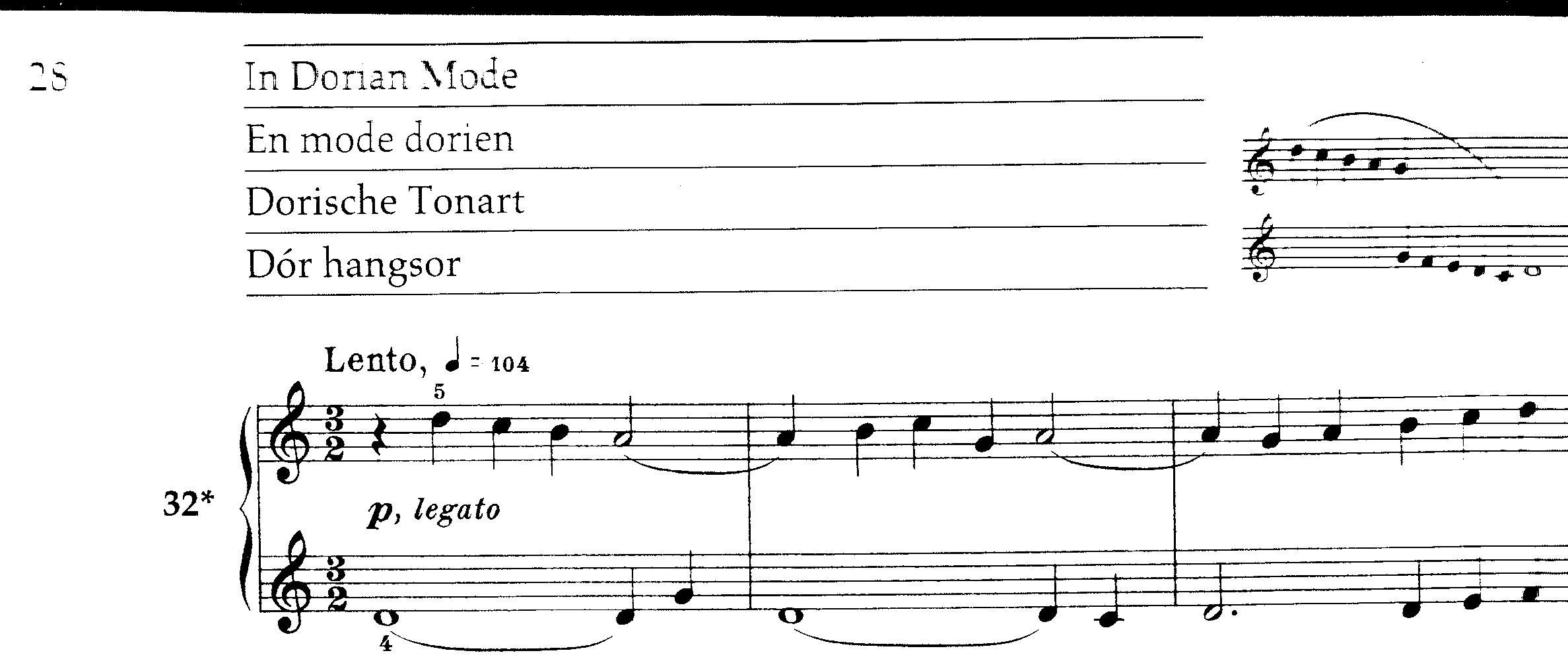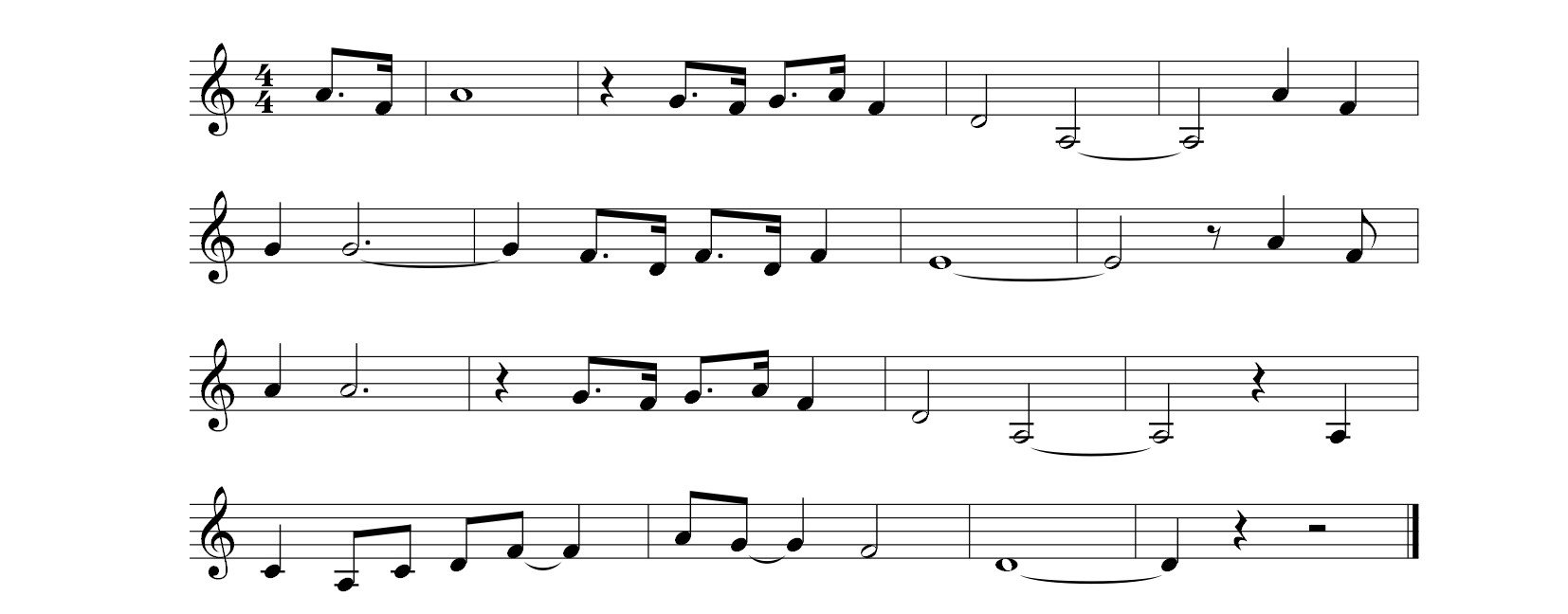The Maestro Online
The Dorian Mode
What is the Dorian Mode or Dorian Scale?
Modes pre-date our major-minor scale system and are often referred to as the “church modes” because medieval church music, your typical monk chanting, used modes.
The simplest way to think of the Dorian Mode is using all white notes on the piano starting and ending on D. Slightly confusingly, over the years the Dorian Mode changed slightly as singers began to alter notes. Therefore, the Dorian Mode might contain a Bb. This changing of notes is known as “musica ficta”.
What are the characteristics of the Dorian Mode that you can hear?
What makes the Dorian mode distinctive is its minor third (D-F) and, more significantly, the combination of this with the minor 7th (D-C). Normally you have only one semitone step between the 7th note of a scale and the 8th (octave). However, certain modes have a tone and the Dorian mode is one such example. This 7th is a semitone lower than we expect in modern scales and so might be known as the “flattened leading note”.
The Dorian Mode Sound in Rock Pop Music
Let’s tackle the Dorian mode in the modern era, with rock-pop tunes!
Scarborough Fair (Simon and Garfunkel)
(1) Simplest example: Scarborough Fair – a traditional English song covered by Simon and Garfunkel. Chords between C Major and D minor use the “flattened leading note”. They make it sound very Dorian.
Thriller (Michael Jackson)
(2) Thriller by Michael Jackson. This is not only in the Dorian mode in the melodic pitches used, but also the harmony. Essentially, it has a decorated “pedal note”. If one pitch is constantly asserted in the bass it is usually known as a “drone” or “pedal note”. This enhances the modal feel.
I Wish (Stevie Wonder)
(3) I Wish by Stevie Wonder. The alternation between two chords Ab7 and Ebm7 creates almost harmonic stasis in this song.
Doo Wop That Thing (Lauryn Hill)
(4) Doo Wop That Thing by Lauryn Hill. This is a superb example! The parallel moving Bb Am Gm chords really enhance the Dorian mode feel.
Are there modern Classical Composers that use the Dorian Mode?
Absolutely loads of composers use the Dorian Mode from Messaien to Naji Hakim. Perhaps one of the most renown twentieth century composers to use the Dorian Mode is Bela Bartok. Here’s an extract from his piano tutorial written for his son, Mikrokosmos, which clearly cites the Dorian Mode as its source. If you’re a pianist, do purchase Mikrokosmos, it’s well worth it!
What about the Dorian Mode in Jazz Music?
One of my favourite jazz pieces to improvise on is Summertime. Officially, this is in D minor (the melody looks like Dorian Mode, but an A Major chord features in the harmony, using a C#). Try some Dorian Mode improvisation over it – it works beautifully!
Can I Learn Pieces in the Dorian Mode and can I improvise using the Dorian Scale?
The Maestro Online has collaborated with the awesome Mick Donnelly, saxophonist to the stars, to create a piano modal course par excellence! Mick has performed with the likes of Shirly Bassey, Robbie Williams, Whitney Houston and endless more. His improvisations are exceptional. The point of the library digital course with Mick, is for a pianist to learn melodic improvisation from a melodic instrument. Here’s a teaser:
Celebrity Masterclasses and Music Courses Library
Want to explore the Dorian Mode Course and other exquisite celebrity masterclasses that enhance your improvisation, affordably? Legendary names and fantastic resources!
Featured Products
























